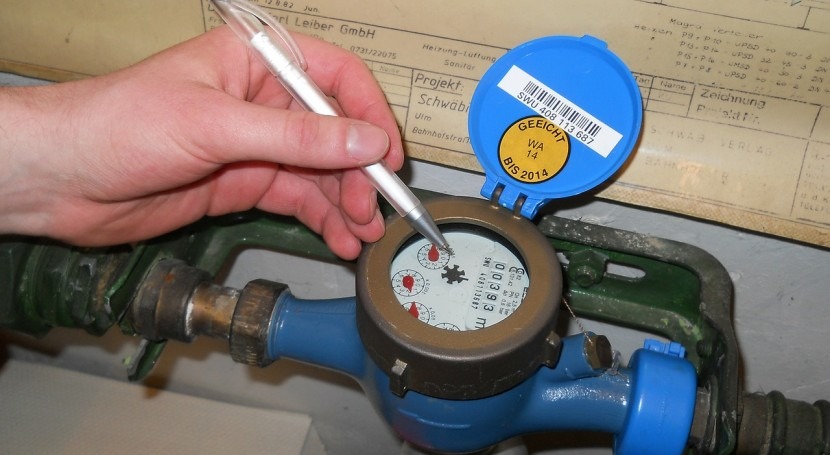Whether you’re running one of the rural water outlets or a large municipal water facility in the US, costs and water usage rates affect your decisions. Thus, for any water system, it is essential to answer questions such as the following:
What is your water production or usage?
How much water are you allocating or distributing?
How can you detect and repair leaks in the water system?
In this post, we’ll walk you through how flow meters can help you avoid costly mistakes in water measurement. So, take a read!
With Precise Flow Meters, You Can Determine Leaks in The System
In older water systems, worn-out pipes and mishandling of water measurement data can mean there are leaks in your system. Thus, indicating that your money invested in the system could go to waste.
The only effective way for you to check leaks in the system is to compare the water flow of your distributed water and the total production of water flow. To obtain the necessary data, you must pick the most flexible and accurate water flow meter, such as open channel flow meters and turbine meters.
On the other hand, take paddle flow meters, for instance. These meters are known for getting congested or jammed. Therefore, distorting your water flow data. This imprecise or incorrect water measurement could provide you a false showing or indication that there are leaks in the system.
Lower Maintenance Costs
Maintaining a small or large water system entails a regular maintenance cycle of the entire water system, which includes repairing the leaky pipes and the water flow meters. One possible way to lower or cut down the maintenance costs is to reduce the entire cost of ownership of your flow meters.
You can do this by cutting down the cost to stock spare flow meters, downtime, and installation costs. In Florida, a local water company learned it the difficult way. This particular water company was gauging or calculating their water flow with conventional magnetic meters.
Although it is an excellent flow meter technology, it’s not very economical to maintain or buy. Also, this company stocked about ten magnetic flow meters as spare parts. As the pipelines expanded or got bigger, they become very expensive.
When a magnetic meter needs replacing, facilities must build or create a brand-new spool piece and disable the entire system for installation. The company paid about 10,000 dollars for these maintenance efforts.
Opt for Clamp-on Ultrasonic Meters
Let’s refer again to the water company exampled above. This local water company in Florida converted to using clamp-on ultrasonic flow meters, lowering their cost of ownership, initial investment, and offered accurate, flexible water flow measurement.
The best thing about this type of flow meter is that there are no tricky measurement options, no system shutdowns, and no pipe cutting. At various locations, use one of these flow meter options to obtain your entire allocation or distribution rate, helping you track down inefficiencies and leaks.
Moreover, clamp-on ultrasonic flow meters can completely integrate or work seamlessly with your water management systems via digital protocols like BACnet. What’s more, they are effortless and simple to install.
It’s Important to Resolve Flow Meter Calibration Issues
Honestly, flow meter calibration is the most challenging part of using flow meters, and it is the most vital or crucial for getting quality data. There are many nuances or variations to every step of a calibration that can be ignored or missed by a novice user.
Additionally, some flow meters require you to have your own calibration standards, which can often cause many issues. If you’re using a calibration standard (not the one you created), keep in mind that it comes with an expiration date.
Take note that as soon as it is made, it has a lifespan of about two years, for instance, the pH standards. However, it will differ from standard to standard because of the different chemical compositions.
Moreover, it’s essential to keep the equipment clean, which you are calibrating. Remember that it is one of the significant calibration mistakes that cause different issues. Thus, make sure to clean your flow meters before calibrating.
Takeaway
For your water facility to operate effectively, make sure to use the right flow meter technology. With the right flow meter in hand, you can improve water quality, boost production efficiency, determine water loss percentage, and precisely pinpoint over users.
One of the best options out there is the clamp-on ultrasonic flow meter. The versatility of this meter makes it a perfect device for the often cash-strapped, small water companies. All you need to do is clamp the meters onto the surface of the water pipes.
Then, you can get accurate measurements without needing any expensive plumbing, pipe cutting, and system shutdowns.




